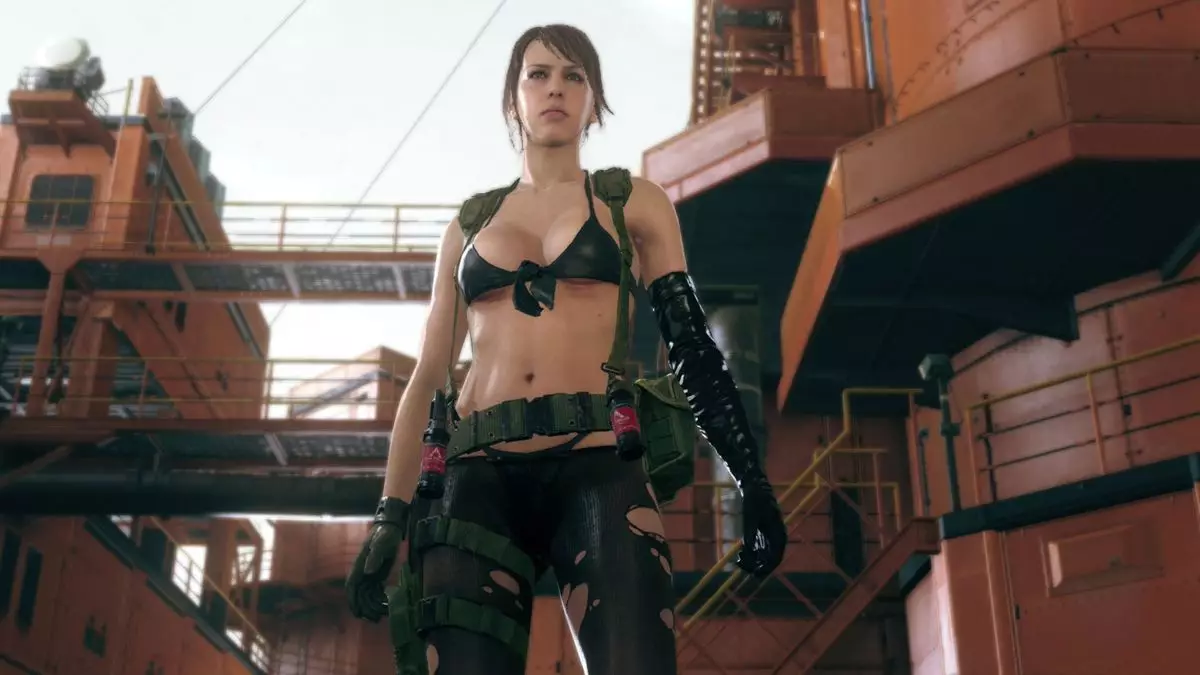The Metal Gear Solid franchise has long been synonymous with innovative and memorable character designs, establishing a distinctive visual and narrative identity that resonates with players. At the center of this creative endeavor is Hideo Kojima, the series’ visionary director, whose rigorous approach to character development shaped the franchise from its inception. An interview conducted in 1998 with Kojima and designer Yoji Shinkawa provides valuable insights into their collaborative process and the specific guidelines that defined their character design philosophy.
Kojima articulated his vision for character design by emphasizing the need for a “hardboiled” aesthetic, aligning with the game’s mature and weighty narrative themes. He aimed to create characters that could communicate their essence and motivations visually, without the need for excessive exposition. This philosophy led him to reject designs he considered “dishonest,” which included overly sexualized portrayals or characters that focused solely on visual appeal. Such restrictions were intended to enhance the storytelling, enabling players to grasp who these individuals were at a glance based on their attire and physical presentation.
Shinkawa’s reflections reveal the creative tension inherent in meeting such exacting standards. The designer’s early drafts for Snake, resembling a brightly colored, science fiction protagonist, were humorously critiqued by Kojima. This exchange illustrates not only the challenges faced in the design process but also the high expectations set by Kojima, which may have contributed to the unique style that Metal Gear Solid is known for today.
While Kojima’s framework fostered a rich tapestry of character designs throughout the series, not all creations aligned with these principles. Particularly with the introduction of the character Quiet in Metal Gear Solid V, the conversation about design ethics reignited. Quiet’s appearance sparked debates regarding sexualization in video game character design, suggesting that Kojima’s stringent requirements might have morphed under changing perceptions of what constitutes an acceptable design in today’s gaming culture. Critics highlighted the contrast between Kojima’s original philosophy and the reception of Quiet, prompting broader discussions about representation and agency in video game narratives.
With Kojima’s departure from Konami, the future direction of Metal Gear Solid’s character design remains uncertain. It raises questions about whether future installments will retain the signature style and narrative depth established under Kojima’s guidance. Will the commitment to creating serious, multidimensional characters endure without his influence? As the gaming landscape evolves, so too do the expectations of players regarding character design, pushing developers to navigate the thin line between artistic expression and social responsibility.
The character designs of Metal Gear Solid stand as a testament to Kojima’s careful balancing act between creativity and narrative integrity. Whether or not his legacy continues in future titles, the impact of his approach remains a crucial component of the franchise’s enduring appeal. As developers forge ahead, they will need to reckon with both the artistic foundations laid by Kojima and the progressive dialogues shaping the industry today.


Leave a Reply